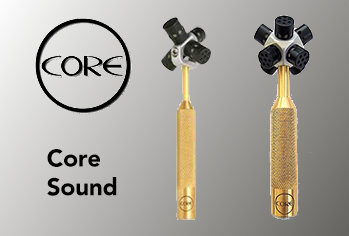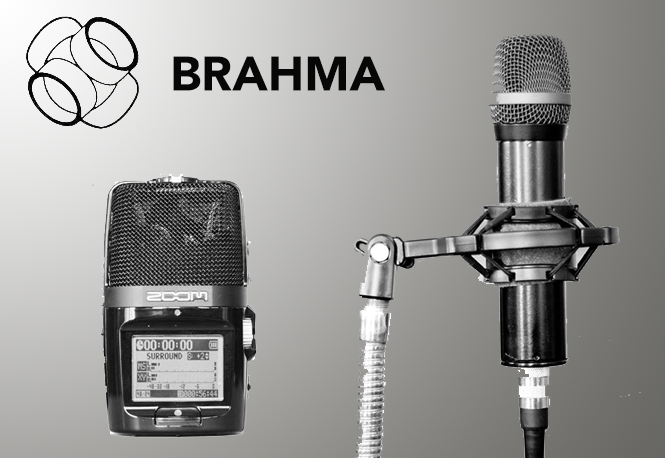Stereo
Ambisonics is a great way to record for stereo. Tetrahedral microphones have a more uniform pickup pattern than any single mic in the field. Ambisonics symmetrical format means that rotations and other effects work properly. And if you later decide to produce another format like surround or binaural, you can take the same B-format master and simply render with different decode settings. Here are a couple of example signal flows for producing stereo with ambisonics.


Field recording for stereo
A field recordist goes to an event and captures four channels straight from a tetrahedral mic. Even though the target format is stereo, by capturing two extra channels, the direction and pattern of the virtual left and right mics can be adjusted in post production. You can narrow the pattern to reduce reverb or point right at a favored source. The processing for this is straightforward. After routing the signals to VVEncode as described above, you can insert any B-format plugins like rotate and then a decoder, like VVDecode, all on a single channel.
Field recording with spot mics
Sometimes the purist, single mic technique needs a little help from spot mics. We start with the same basic signal chain and add a spot mic channel with an ambisonics panner plugin like Wigware’s AmbiPan. In this case, the bus of your mixer will be B-format and the decoder will go on the master track. The same technique can be used for surround, of course.
Notes
- Templates for these use cases can be downloaded here
- VVEncode can be purchased here
- VVDecode will be available soon, VVMicVST can be used in VST hosts for now
- B-proc is available from York University
- AmbiPan is available from Bruce Wiggins


